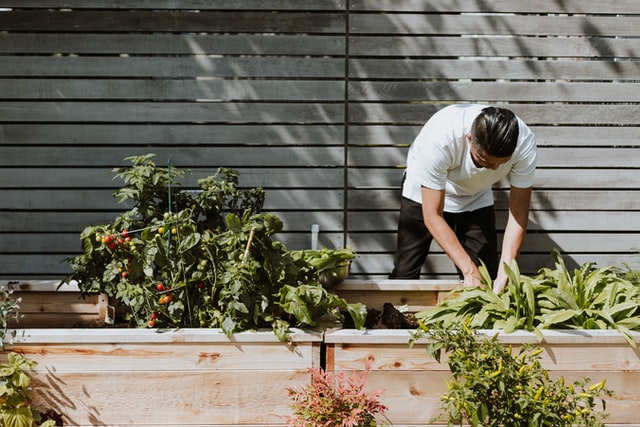Starting a vegetable garden sounds like a fine idea, right? Who doesn’t enjoy the taste of veggies fresh from the garden and, of course, they are always so beautiful to look at too. However, there are a few things to consider before you simply throw seeds out into the backyard. Here are a few tips to keep in mind before getting into your garden groove.
Determine What You Want To Plant
Some vegetable plants are more labor-intensive than others and some need to be planted at different times of the year than others, especially if you live in an area that receives snowfall. Do your homework and make sure that you are ready to care for the plants you are going to plant in your new vegetable garden.
Search For The Light
You’ll need to observe a few cycles of the sun throughout the day in your yard. Plants require specific exposure to sunlight. Some plants need plenty of sunlight, some do better when there is more shade. For instance, tomatoes require a lot of sunlight so you’ll need an open yard with plenty of exposure to the sun if you want to grow them.
Prepping The Yard
To prepare the area of the yard where you want to grow, you’ll need to remove the sod from the top. If you are starting late in the year, you’ll want to simply cut the sod away with a shovel. In the future, however, you’ll want to smother the grass with newspaper (a layer of about 5-sheets) and lay compost upon that. This will provide what you need to begin your vegetable garden.
Paying For Supplies
To take care of the vegetable garden, you will need to purchase various supplies, all of which depend on what you are actually growing. To save yourself from having to reach into your savings account, you might want to take out a small personal loan from a private lender. Don’t worry, searching has no impact on your credit. This will ensure that you have what you need without putting yourself in any sort of financial distress.

Work The Soil
To properly work the soil, you will need a few tools. The most important of these is a shovel and a till. Tilling cultivates the soil so that it is easier to add in extra nutrients. Be careful not to till too much, though, as it can damage worms and other microorganisms which live within the soil.
Get Planting
After the soil is taken care of, it is time to plant the vegetable plants you have chosen. The best thing about planting your own vegetables is that you know exactly what care they received. You will not have to worry about what pesticides or other chemicals were used in the growing process. Remember to water them at their recommended times. A lack of water can definitely kill off the plants that you have worked so hard to keep growing through the summer months. If you do not know the recommended watering times, your local gardening center will be able to tell you.
*collaborative post

